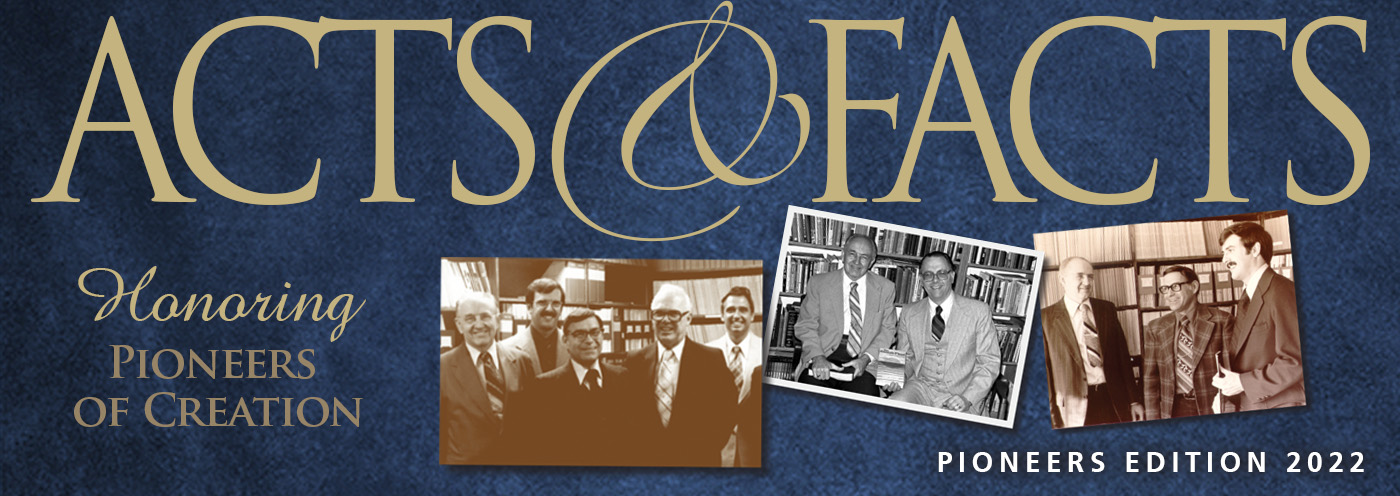Published in Creation Ex Nihilo Technical Journal, volume 11 (part 1), pp. 52–60, 1997.
© 1997 Creation Science Foundation, Ltd. A.C.N. 010 120 304. All Rights Reserved.
Abstract
Oxygen isotopes in ice cores extracted from polar regions exhibit a decreasing trend in the ratio of the heavy to light isotopes from the beginning of the “Ice Age” to its end, at which point the trend reverses sharply and then remains fairly constant for several thousand years. This trend has been interpreted by the conventional climate community to have occurred over about 100,000 years and is due primarily to changes in oceanic and atmospheric temperatures as the lighter isotope of oxygen is preferentially transferred slowly from the oceans to ice during glaciation and the rapid transfer back to the ocean during deglaciation. This paper will explore an alternative explanation for this trend. The growth of ice shelves during the “Ice Age” is shown to cause a decreased isotopic ratio at long distances from the edge of an ice shelf because of the fractionation of isotopes as a function of the vertical temperature distribution in the atmosphere and the dispersion of snow by crystal type, fall velocity, and wind fields. If ice shelves grew slowly during the “Ice Age” and melted rapidly during deglaciation, the trend observed in ice cores can be explained in thousands of years, consistent with a short interpretation of earth history.
Keywords
Ice Cores, Oxygen Isotopes, “Ice Age”, Sea-Floor Sediments, Greenland Ice Shelves, Precipitation Projectories, Ice Crystals, Fractionation, Horizontal Dispersion
For Full Text
Please see the Download PDF link above for the entire article.






